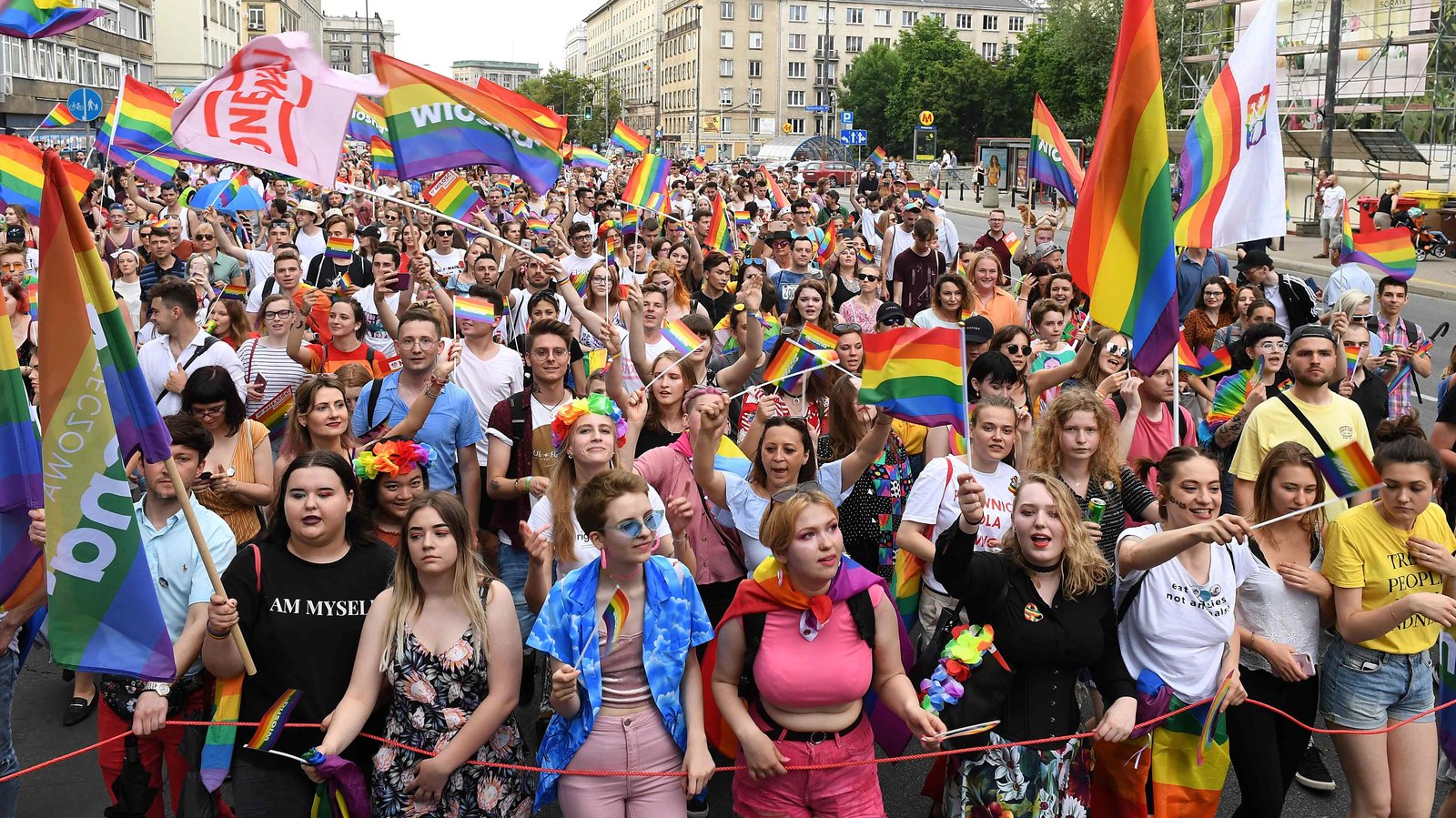As the rainbow flags wave in the summer sun from balconies and shop windows, you will see the occasional shopper carry a rainbow tote bag to gently remind you that we are firmly in the month of June, where Pride is celebrated globally. And as everybody basks in the glory of how far the movement has progressed, there are many of us who are still unaware of the struggles that the LGBTQ+ communities and the movement itself had to endure to get to where it is today. So here is a brief history of pride for all of us, just to know a little bit more about the origins of the historic organisations and legendary individuals who pioneered and spearheaded the gay liberation movement.

Gay pride History US
People tend to believe that the origins of the Gay Liberation Movement were spearheaded by one particular incident on the night of June 28, 1969 known commonly as the Stonewall Riots. However, historians would suggest otherwise.
Archivists from The Center, an LGBTQ community centre in New York City, explains that the Stonewall Riots was one of many other incidents that took place concurrently across the United States.
Other incidents include riots and general uprising against the authorities in speak easy’s and clubs such as The Haven in New York, Cooper Donuts and the Black Cat Tavern in Los Angeles, and Compton’s Cafeteria in San Francisco.
After years of Police brutality and harassment, small groups of incredibly brave individuals decided they had had enough. On that night in June, patrons of the Stonewall Inn bar in New York City – led by trans women and femmes of colour – fought back against a police raid that establishments such as the Inn would have experienced for years on end.

Word got out of the uprising, and the news spread like wildfire and the first Pride March, which was dubbed the Christopher Street Liberation Day in honour of the Stonewall riots, went ahead on the last Saturday in June with supporters from all over the US convening in New York City to show their support helping cement Stonewall as a cultural icon in the foundation of Pride.
Gay Pride History UK
Inspired by what was unfolding in the US, two British activists, Aubrey Walter and Bob Mellor took it upon themselves to vocalise and bring to life the fight for the rights of the LGBTQ+ community in the United Kingdom.
In the aftermath of the Stonewall riots, Walter and Mellor arrived in the US to attend the 1970’s Black Panther’s Revolutionary People’s Convention, where invitations were extended for the first time to representatives from movements for women’s and gay rights.
A month later, they founded the London branch of the short-lived but massively influential Gay Liberation Front (GLF) in the basement of the London School of Economics with the intention of ‘transforming society and not adapting to it.’

First Gay Pride parade history
The first-ever public open demonstration of LGBTQ+ rights in British history was held in November of 1970, where 150 gay and lesbian members of the GLF led a torchlight procession and rally in protest of a prominent Young Liberal, Louis Eakes, who was arrested for ‘cruising’ on Highbury Fields during a police entrapment operation.
At the time, Homosexuality had only been partially decriminalised in the UK in 1967 with the age of consent set at 21, and in 1971 the Youth Group of the GLF held a prominent highly visible demonstration to oppose this ruling.
Visibly the GLF were becoming more vocal as more members joined the Front, and then in 1972, the London GLF held Britain’s first ever Pride March on the first of July – the nearest Saturday to the anniversary of the Stonewall Riots – a conscious homage to the rebellions first spark.
Additionally, Andrew Lumsden who was one of the revolutionary members of the GLF and a participant in Britain’s first-ever Pride march states that this demonstration saw the birth of the gay press in Britain with the first-ever copies of Gay News being sold during the event.
However, he also says that the Front was never a hierarchical or ideological movement, and therefore, with different communities having different requests and needs, the GLF splintered, but arguably the foundation that it established were revolutionary and groundbreaking.
Pride today

Now you know the history of Pride. And we all know that the precedent established in the late 20th century has been carried on through time albeit with some evolutionary processes.
The Pride movement has visibly expanded and grown into a vast movement that has reached almost all corners of the United Kingdom, with plenty of LGBTQ+ celebrations happening across the country to look forward to.
Are you going to be celebrating Pride this year? Tell us what events you are looking forward to most in the comments section. For more reading, check out this guide to the many different pride flags and their meanings!





